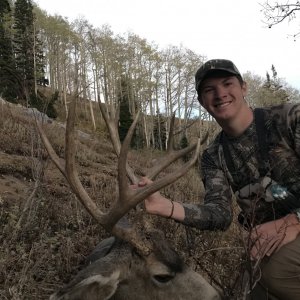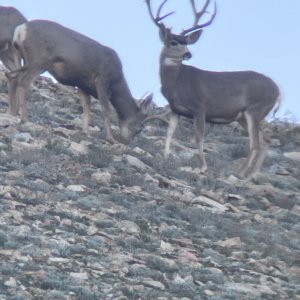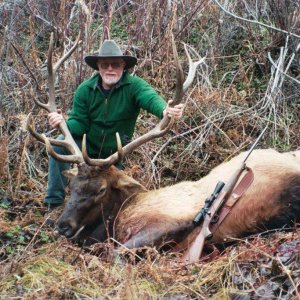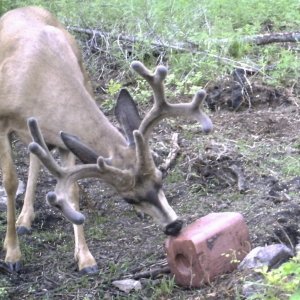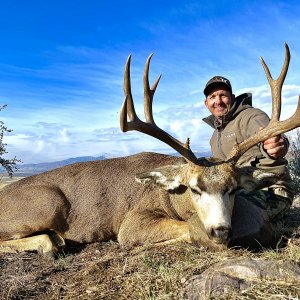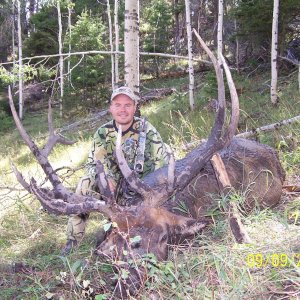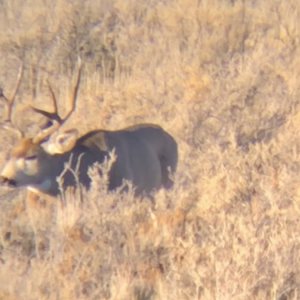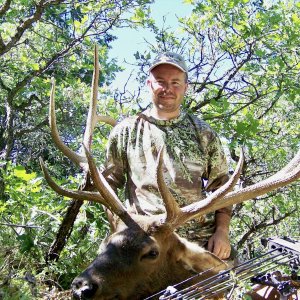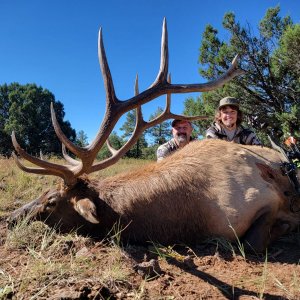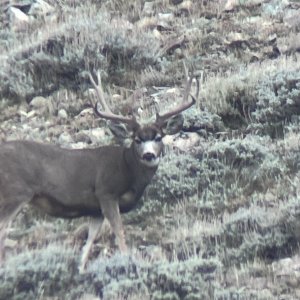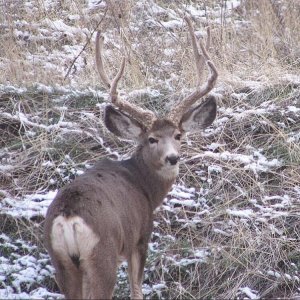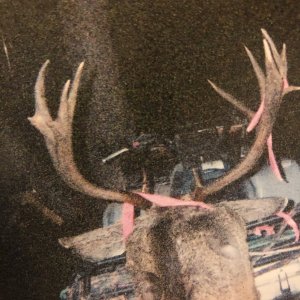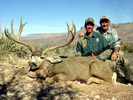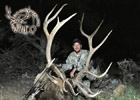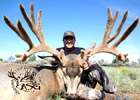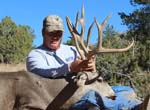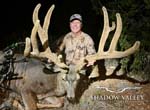B
billrquimby
Guest
I've observed our mule deer herds here in the White Mountains since my first trip up here as a boy in 1948, and seen them go from when we could see 300-400 deer in a day in the late 1960s and early 1970s to when we were lucky to see one or two in a week in the 1990s and early 2000s.
Our mule deer decline seemed to follow the growth in elk numbers here in Unit 1 and 27.
Each year for the past three years, though, I've been seeing more and more deer every time I go out. Recently, for example, I saw three herds with more than 20 does and fawns each in meadows above Greer where I live April through October. It's been a long time since I've seen anywhere near 60 deer in a single day up here.
Lots of people talk about drought surpressing deer numbers, but IMHO our deer started coming back when the Apache-Sitgreaves National Forest got serious about thinning the forest to reduce fire danger after the Rodeo Fire.
Anyone have thoughts or similar observations on this?
Bill Quimby
Our mule deer decline seemed to follow the growth in elk numbers here in Unit 1 and 27.
Each year for the past three years, though, I've been seeing more and more deer every time I go out. Recently, for example, I saw three herds with more than 20 does and fawns each in meadows above Greer where I live April through October. It's been a long time since I've seen anywhere near 60 deer in a single day up here.
Lots of people talk about drought surpressing deer numbers, but IMHO our deer started coming back when the Apache-Sitgreaves National Forest got serious about thinning the forest to reduce fire danger after the Rodeo Fire.
Anyone have thoughts or similar observations on this?
Bill Quimby

